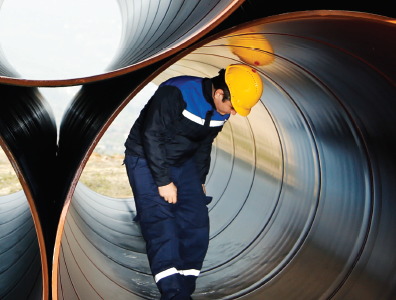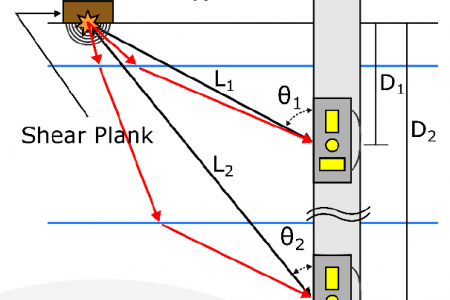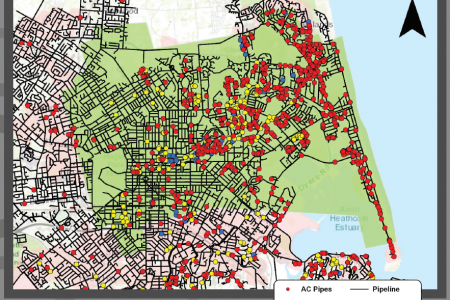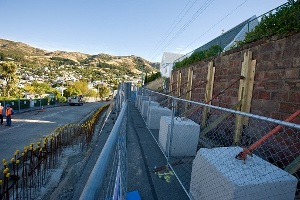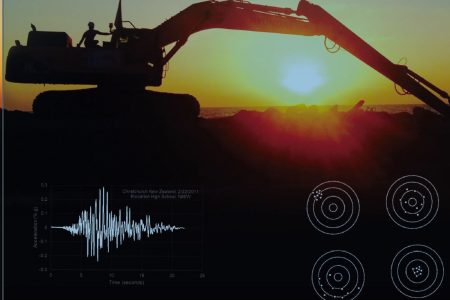
Understanding earthquake ground shaking, or the earthquake ground motion (GM) hazard, is critical to understanding the earthquake risk for planning, design and development in New Zealand. There are several techniques for determining GMs for input into the planning and design of built infrastructure. This report discusses some of these techniques and when they could be applied to projects to improve the understanding of earthquake GM hazards for planning and design.

